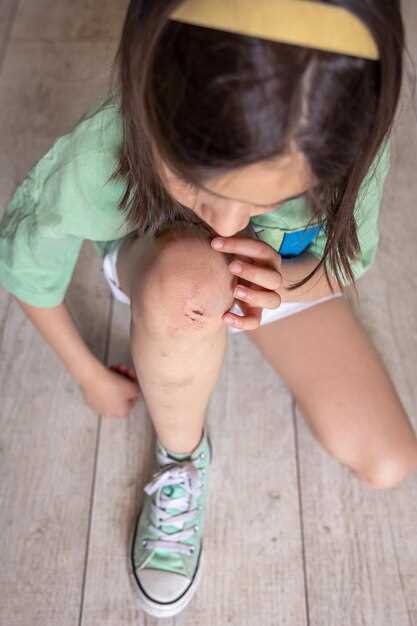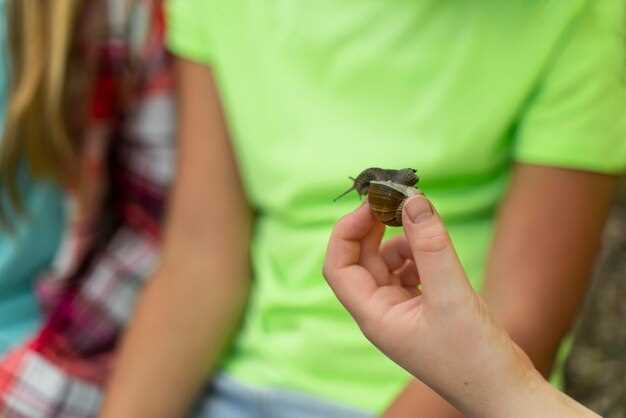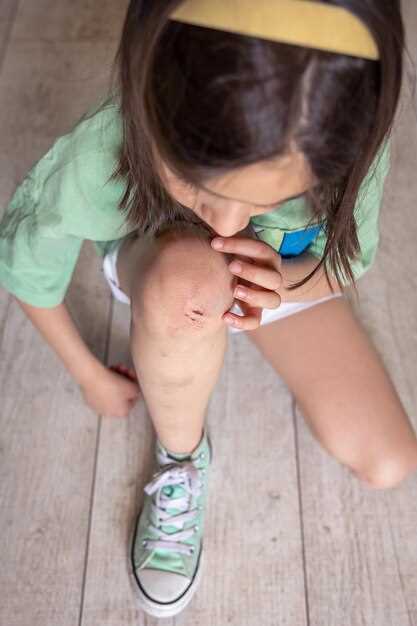
In the field, knowing how to provide immediate aid for snake bites and insect stings is crucial for ensuring safety and promoting recovery. Both types of incidents can lead to serious health complications if not addressed promptly and correctly. Understanding the specific first aid measures to take can significantly affect the outcome and overall well-being of the victim.
Snake bites and insect stings present different challenges, requiring tailored responses and interventions. Familiarity with the signs and symptoms associated with each scenario will equip individuals to act swiftly in emergencies. Early recognition of the situation allows for effective management and can greatly reduce the risks of severe reactions or complications.
This guide will cover essential first aid principles and specific steps to take when encountering a snake bite or insect sting, empowering you with the knowledge necessary to handle these unexpected events confidently and competently in the field.
Immediate Actions for Snake Bites in the Field

In the event of a snakebite, quick and effective first aid is crucial for reducing the risk of serious injury or fatalities. Follow these immediate actions:
1. Stay Calm: Keeping the victim calm is essential. Panic can increase heart rate, amplifying the spread of venom through the body. Reassure the person and encourage them to remain still.
2. Limit Movement: Immobilize the affected limb, keeping it below the heart level, if possible. This can help prevent venom from circulating rapidly throughout the bloodstream.
3. Seek Medical Help: Call for emergency medical assistance immediately. Do not attempt to drive the victim to a hospital unless you are in an isolated area with no other options. Professional medical treatment is necessary for a snakebite.
4. Remove Tight Clothing and Jewelry: If the bite occurs on a limb, carefully remove any tight clothing, jewelry, or accessories that could constrict blood flow as swelling may occur.
5. Keep the Victim Still: Encourage the victim to remain as still as possible, lying down if feasible. This reduces the spread of venom and may help in managing symptoms.
6. Do Not Apply a Tourniquet: Avoid using a tourniquet, cutting the wound, or attempting to suck out the venom. These actions can cause more harm than good.
7. Monitor Vital Signs: Keep an eye on the victim’s vital signs, such as pulse and breathing. Be prepared to perform CPR if necessary.
8. Record Details: If it is safe to do so, note the time of the bite, the type of snake if visible, and any symptoms the victim experiences. This information can be vital for medical professionals.
Remember, timely professional assistance is the key to effectively managing snakebites. The above steps aim to stabilize the victim until help arrives.
Identifying and Managing Insect Stings: What to Do

Insect stings can vary widely in severity, depending on the species involved. Identifying the type of sting is crucial for effective management. Common stinging insects include bees, wasps, hornets, and fire ants. Each has distinct characteristics that can help in identification. For instance, bee stings typically occur when a honeybee feels threatened, releasing venom and leaving behind its stinger. Wasps and hornets can sting multiple times without losing their stinger, causing potentially more damage.
Upon being stung, the first step is to assess the individual’s reaction. Most stings result in localized pain, swelling, and redness. However, allergic reactions can occur, leading to symptoms such as difficulty breathing, swelling of the face or throat, hives, or a rapid heartbeat. If any of these symptoms manifest, it is vital to seek emergency assistance immediately, as this may indicate an anaphylactic reaction.
If the sting is from a bee, carefully remove the stinger by scraping it out with a fingernail or a flat object. Avoid using tweezers, as squeezing the venom sac can inject more venom. Clean the affected area with soap and water to prevent infection. Cold packs can alleviate swelling and pain. Over-the-counter analgesics or antihistamines may help reduce symptoms.
In remote field settings, where professional medical assistance may not be readily available, having a first aid kit that includes antihistamines, aloe vera gel, and pain relief medication can be beneficial. Monitoring the individual for any changes in condition is essential. If symptoms escalate or do not improve, seek medical help as soon as possible, especially if it’s a snakebite scenario where the risk of venomous effects is heightened.
To minimize the risk of insect stings while in the field, wear protective clothing, avoid strong scents, and be cautious around flowering plants and trash bins, which can attract stinging insects.
When to Seek Professional Medical Help After Bites and Stings
Receiving a bite or sting from a snake or insect can sometimes escalate into a critical situation. It is essential to recognize signs that require immediate professional medical help. First, if you experience severe pain, swelling, or redness around the affected area, seek assistance without delay.
For insect stings, visit a healthcare provider if you notice difficulty breathing, swollen lips or tongue, or any signs of anaphylaxis, such as hives or dizziness. These symptoms indicate a severe allergic reaction that necessitates prompt intervention.
In the case of snake bites, it is crucial to seek professional aid if you see symptoms such as rapid heart rate, intense pain, or changes in vision. Additionally, if you cannot identify the snake or if it is venomous, immediate medical attention is warranted.
Individuals with underlying health conditions, such as compromised immune systems, should always consult a medical expert after receiving bites or stings. The field of first aid provides foundational knowledge, but certain situations demand specialized care. Always err on the side of caution and prioritize your health by seeking professional guidance when needed.
